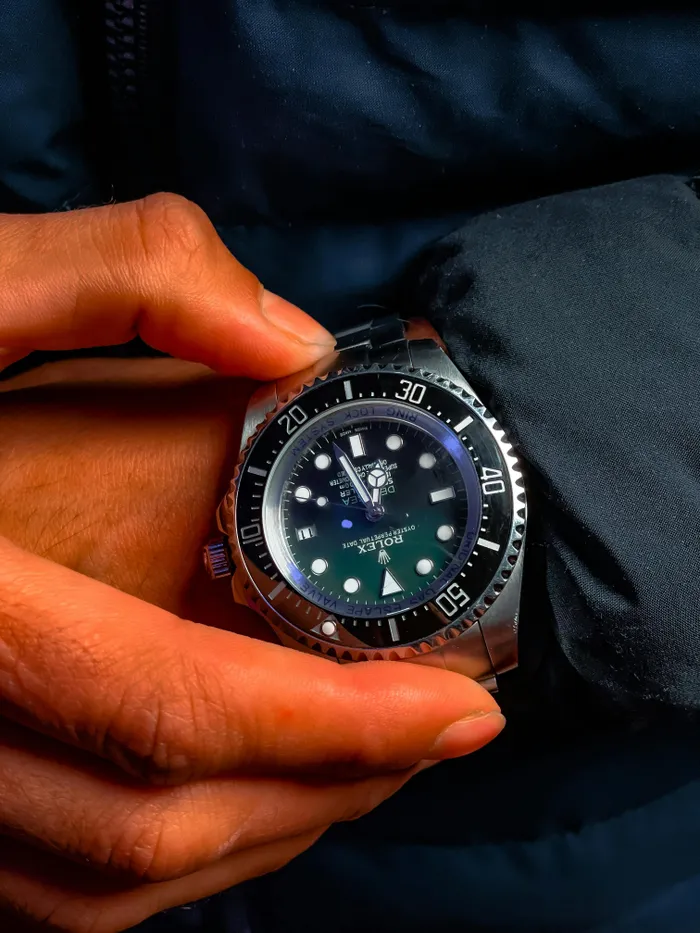Rolex and Cartier outperform stocks as local investors seek safe assets

Amid rand volatility and sluggish economic growth, South Africans increasingly bought Rolex watches, Cartier jewellery, and Hermès handbags as alternative assets.
Image: Pexels
As rand volatility and slow economic growth rattled local markets, South Africans turned to high-end watches, jewellery, and designer handbags as alternative investment assets.
The eighth annual State of the Luxury Market in Africa 2025 report showed these items were increasingly valued for their resale potential and portability, while the second-hand market expanded three times faster than the first-hand market, growing at an annual rate of ten percent.
“This suggested a calculated flight to safety,” said Michael Zahariev, co-founder of Luxity.
“It indicated that South Africans were increasingly treating designer pieces like financial instruments, portable assets with global liquidity that could outperform traditional markets.”
Luxury watches lead the charge
Rolex broke new ground, with pre-owned pieces commanding 126.5% of retail price, up from 104.9% in 2024 and 82.6% in 2022.
“This 26.5 percent premium reflected buyers paying for immediate access and bypassing multi-year waitlists,” said Zahariev.
“Rolex effectively created its own asset class through strict control over supply and global demand, completely inverting normal depreciation curves. As long as these fundamentals held, this was not a bubble, it was a new pricing floor.”
The brand’s decades-long performance and sophisticated resale infrastructure made it uniquely resilient, less exposed to economic cycles than traditional investments, yet capable of delivering comparable or superior returns. Other luxury watches such as Panerai and Hublot also maintained value, retaining 79.2 percent and 74.3 percent of their retail prices respectively.
Jewellery and handbags retain defensive value
High-end jewellery continued to offer defensive investment value. Cartier retained 72.6 percent of its retail value, Hermès 67.8 percent, and Bulgari 64.3 percent. Handbags strengthened their investment credentials, with demand rising 14.6 percent as buyers increasingly prioritised resale potential over runway appeal. Together, these assets formed a value floor, serving as a buffer against downside risk when broader markets softened.
Fashion-Driven Segments Fell Behind
Not all luxury goods delivered investment-grade returns. Searches for designer shoes fell 10.2 percent, while wallets dropped 21.3 percent year-on-year, reflecting a clear shift in consumer focus towards assets with long-term appreciation potential.
Smarter and More Strategic Buyers
South African shoppers prioritised brands with proven value retention. Searches for Louis Vuitton and Gucci fell from 29.6 percent to 21.5 percent, while less mainstream hard-luxury brands such as Bulgari gained 8.6 percentage points. Buyers targeted scarcity, durability, and resale potential — qualities that often outweighed brand popularity.
“These were no longer vanity purchases,” Zahariev said. “Buyers ran the same due diligence on a Cartier bracelet or Chanel handbag as they would on a JSE-listed stock, and in some cases, the bracelet outperformed the stock.”
The report confirmed that high-end watches, jewellery, and designer handbags had become a strategic alternative asset class in South Africa, providing investors with resilience, liquidity, and value retention during uncertain economic conditions.
BUSINESS REPORT